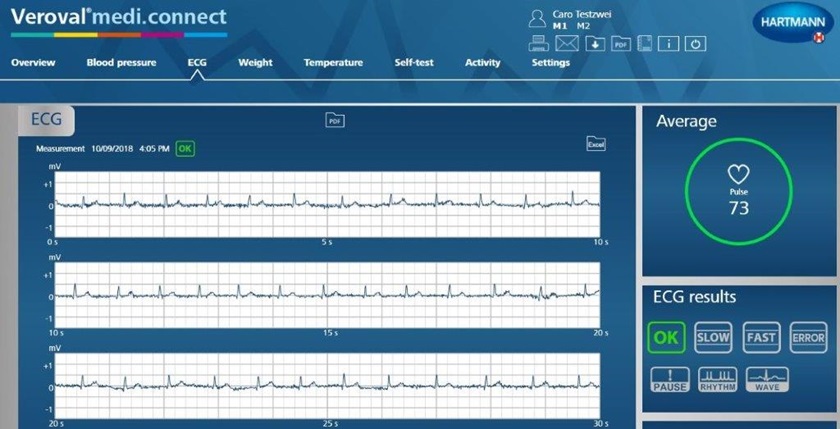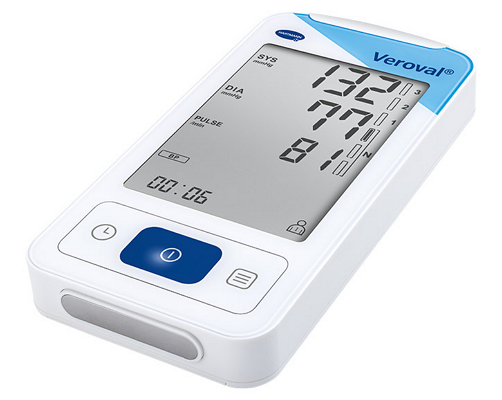The 10 Golden Rules of blood pressure measurement



Atrial fibrillation is the biggest risk factor for stroke – a disease that causes hundreds of thousands of deaths every year. It is a rhythm disturbance with uncoordinated electrical activation, resulting in ineffective atrial contraction and an often fast and irregular heartbeat.1This is frequently perceived as palpitations or anginal chest pain. However, atrial fibrillation does not necessarily have any symptoms at all, which makes it hard to detect. There are many risk factors for atrial fibrillation, including ageing, genetics, ethnicity, male sex, valve disease of the heart, and many others, but arterial hypertension is the one most important risk factor.
Since atrial fibrillation occurs at irregular intervals and can therefore only be detected as it is happening, monitoring the heart rhythm with electrocardiogram-equipped blood pressure devices, portable ECG devices (holter monitors), event or specific mobile heart rhythm monitors can literally save lives.
Atrial fibrillation and high blood pressure are the main risk factors for developing strokes.2Therefore, both conditions should be identified before harming the patient.
2 in 1 Veroval® ECG and Blood Pressure Monitor
